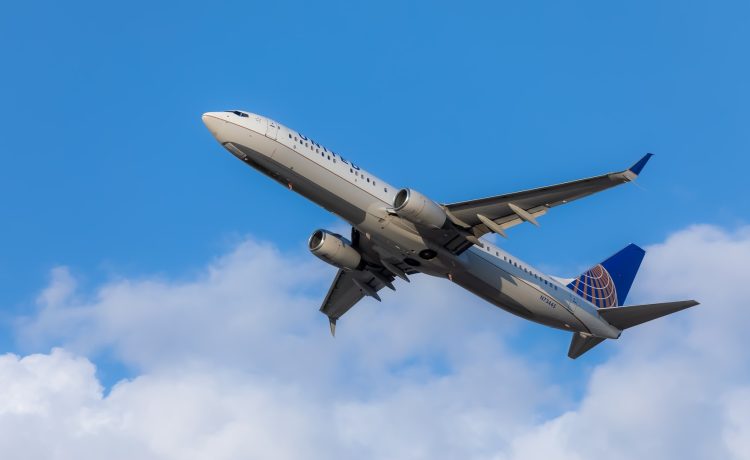The International Air Transport Association (IATA) reported an increase in year-on-year traffic with the release of November’s traffic figures.
At the beginning of last year, the global aviation industry faced challenges as staffing shortages and market closures impacted capacity growth. Despite a high demand for travel, operational issues at airlines and airports prevented passenger numbers from rising. However, by the end of the year, there were signs of improvement as the International Air Transport Association (IATA) reported a recovery in November, indicating that lessons were learned and progress was made.
International flights growth
In November 2022, revenue passenger kilometers increased by 41.3% compared to the same month in 2021. This brought traffic levels to 75.3% of what they were in November 2019, indicating that air travel is gradually recovering.
In November 2022, international passenger numbers increased by an estimated 85.2% compared to the same month in 2021. Asia-Pacific regions had the most resilient results with an estimated increase of 68.4%, but all regions showed improvement compared to the previous year, despite the closure of China.
Domestic flights growth
In November 2022, global domestic traffic rose by about 3.4% compared to the previous year, despite ongoing restrictions in China. China’s domestic aviation saw a decline of around 38.8%, but this was offset by large increases in domestic traffic in Australia (190.0%) and Japan (37.3%). Overall, global domestic traffic in November 2022 was at 77.7% of the levels seen in November 2019.
The Middle East and Africa regions experienced significant growth in passenger traffic in November 2022, with an increase of approximately 77.9% and 84.5%, respectively. However, North America and Europe saw weaker growth of 19.6%. Despite this, these regions had already started their recovery earlier and were closer to reaching their 2019 passenger traffic figures compared to other regions.
Air traffic will continue to grow in 2023
At the start of the year, many airlines struggled to increase their capacities, but by the end of the year, they had resumed more flight schedules and launched new routes. Similar to passenger numbers, Asia-Pacific airlines had the strongest growth rates, with a 373.9% increase in November compared to the previous year.
Middle Eastern carriers also showed significant recovery with 84.6% growth, while African airlines had a 83.5% increase, almost reaching the level of November 2019. European carriers had a 45.3% growth from November 2021, but still 17.1% below November 2019 figures.
China’s reopening is expected to result in strong growth in traffic numbers within the Asia-Pacific and the Middle East regions. Airlines in these regions are also likely to see a steady increase in bookings. On the other hand, demand for travel in North America and Europe, and for the airlines in these regions, may start to decrease as the initial rush subsides.








